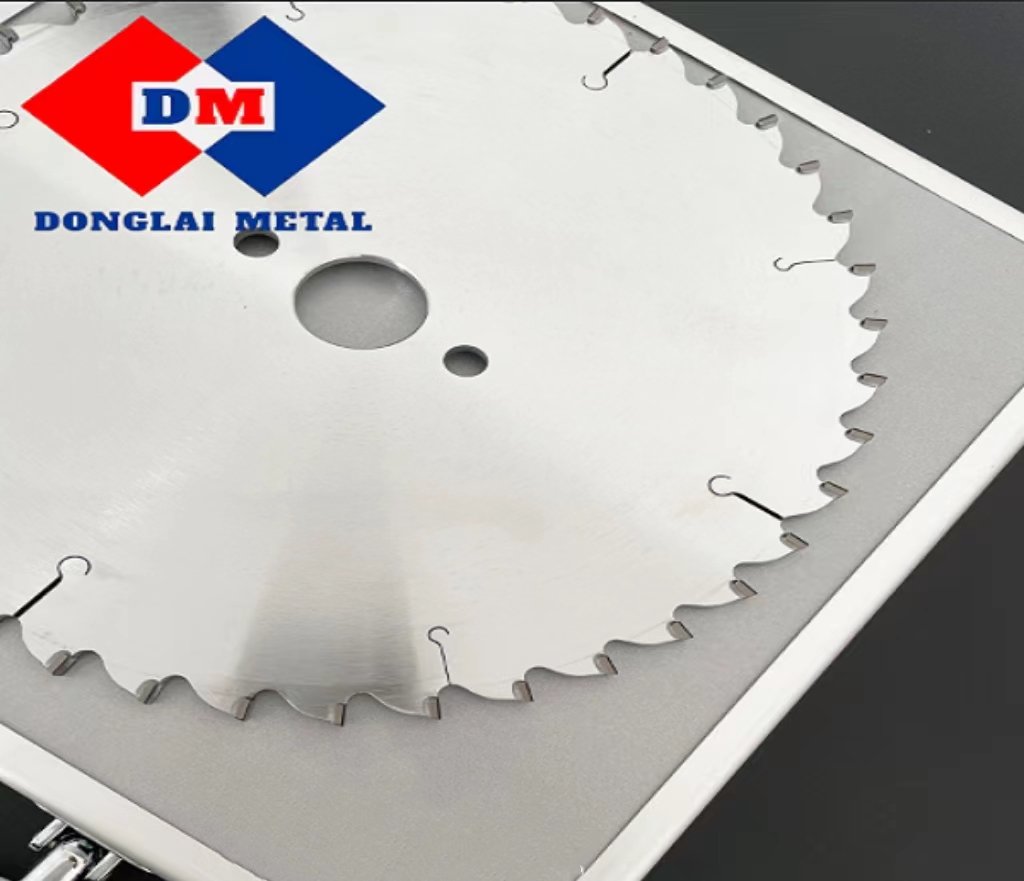When people buy diamond saw blades, they are often confused by the complicated designs of various saw blade thicknesses, the number of saw teeth, and the shape of the diamond segments. How to choose a good saw blade? In response to this problem, we must first clarify a relationship. There is no absolute good and bad in this world. Good and bad are all contrasted. For example, what kind of saw blade is good? It is because the saw blades that people used in the past are not suitable for them, or they do not meet their expectations. When they encounter a saw blade that meets their expectations or is close to their expectations, this saw blade is good. But in any case, although the quality of the saw blade is mostly judged by comparison, if a saw blade has strong core four elements, such a saw blade will not perform too bad at least.

Element 1: Cutting sharpness.
The sharpness of the saw blade is an important factor in determining the cutting ability. Whether the saw blade is sharp is related to many factors, such as the grade of diamond, the strength of diamond, the concentration of diamond, the particle size of diamond, etc. Determines the sharpness of the saw blade cut. So how to determine the sharpness of the saw blade? This needs to find the answer in the actual cutting process. On a normal working machine, under the same current and power, the sound of the saw blade can fully reflect its sharpness. If the sound is clear, the current Keep it stable and the cutting process is smooth. The sharpness of such a saw blade is better. On the contrary, if there is a harsh sound, the current increases significantly, and the speed of the saw blade decreases. Most of such saw blades are not very sharp. OK In order to better determine the sharpness of the saw blade, take a set of pictures of the cutting surface of the cutter head through the macro lens of the cutter head in the sawing gap. If the tail of the cutter head is normal, the diamond edge is good, and the rounded part is less. , then such a saw blade has good sharpness. On the contrary, if the diamond segment is flattened, the edge and tailing effect is poor, and there are many rounded parts. Most of such saw blades do not have good sharpness.
Element 2: Cutting life, the life of the saw blade is very important.
The saw blade with a longer life can reduce the welding cost and increase the number of squares of sawing during the cutting process, which is of great help in saving production costs. The sawing life is determined according to the actual number of squares of sawing. If the number of squares of sawing is low, the cutting life of the reaction head is insufficient. On the contrary, it means that the actual sawing life is better. However, it is worth noting that the cutting life parameters of the saw blade are derived from sawing the same stone, and this test is only meaningful under the same machine and the same cutting parameters.
Element 3: Cutting flatness.
In the process of cutting hard materials, the cutting quality of the saw blade is sometimes particularly important. For example, in the process of stone cutting, there are chipped edges, missing corners, and scratches on the board surface due to the saw blade. At this time, if the value of the saw blade is used to compare the loss caused by the damage to the stone, it is in a state of loss. Simply put, the expensive stone is cut with a saw blade, and the loss is very large, and such a saw blade is not available. The cutting flatness of the saw blade mainly includes three aspects of data. The first is the flatness of itself. The saw blade is not bent or deformed. Generally, the new saw blade will not have such problems. The second is the rotation of the diamond saw blade. During the process, there will be end jumps and circular jumps, and the range of data affects the flatness of the cutting. The third is that the greater the pressure on the diamond saw blade, the deformation that occurs will affect the stone cutting. In the process of purchasing a diamond saw blade, it can be detected by relevant testing instruments. In the actual application process, the flatness of the stone can also directly reflect the flatness of the saw blade.
Factor 4: Safety.
The safety performance of diamond is very important. Generally, there are several types of safety accidents with saw blades. The first category is that the saw blade is not high in welding strength during the welding process, resulting in the blade flying out and hitting people. Happening. The second type of accident is that due to the aging and deformation of the saw blade, the blade blank splits during the cutting process and directly cuts people. The third type of accident is that the saw blade is softened due to overheating, and diamond segment is all softened and dropped. Therefore, the saw blade guarantees its welding strength during the production process, and has high requirements for the heat resistance, thermal conductivity, and thermal expansion coefficient of the blade. This type of safe detection can be determined by welding strength tester, matrix material comparison table and other information.
In general, although diamond saw blades are different in quality, in the actual operation process, the user's factors also have a large influence.
A good saw blade will play a higher cutting effect in the hands of users who know the knowledge of saw blades.














